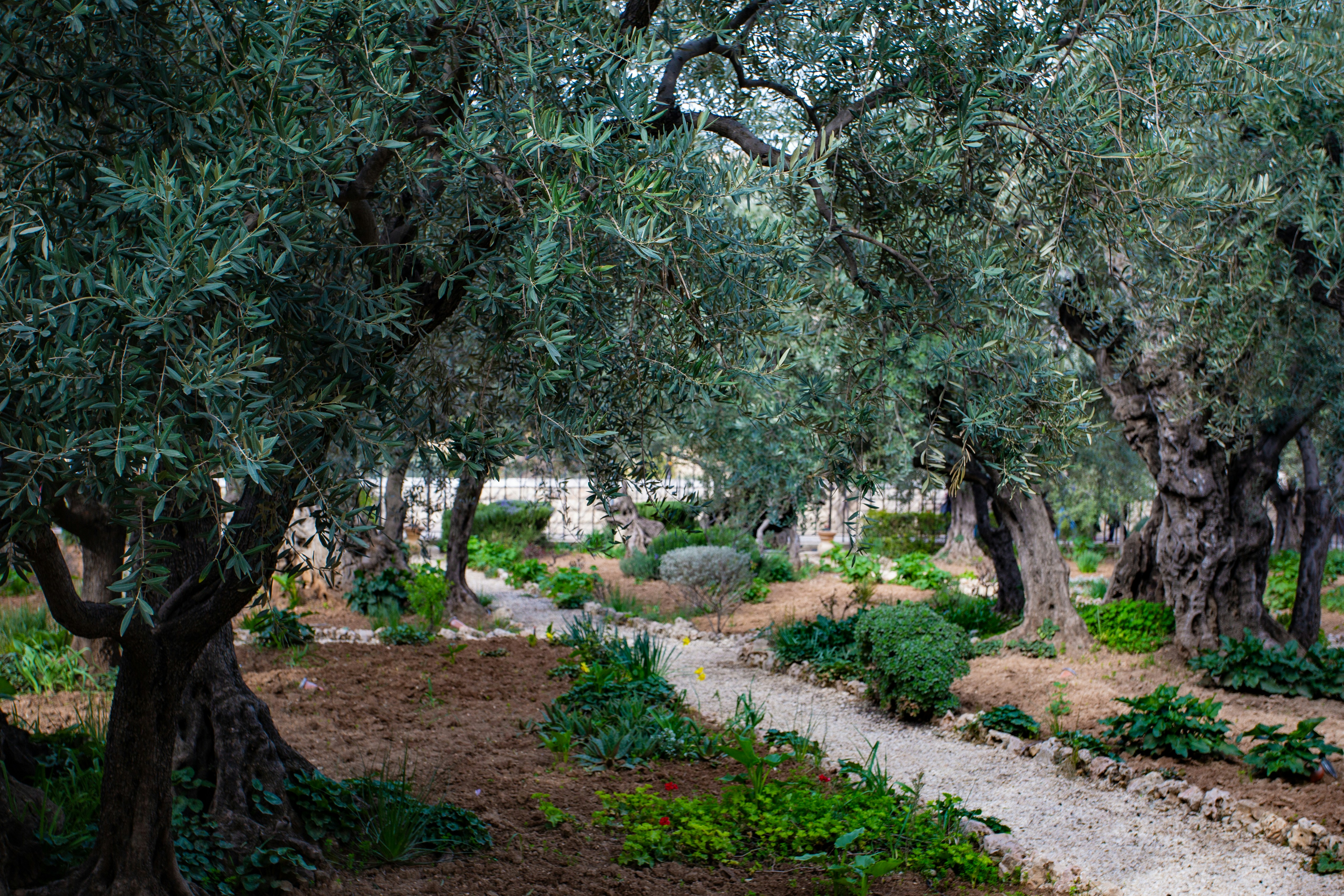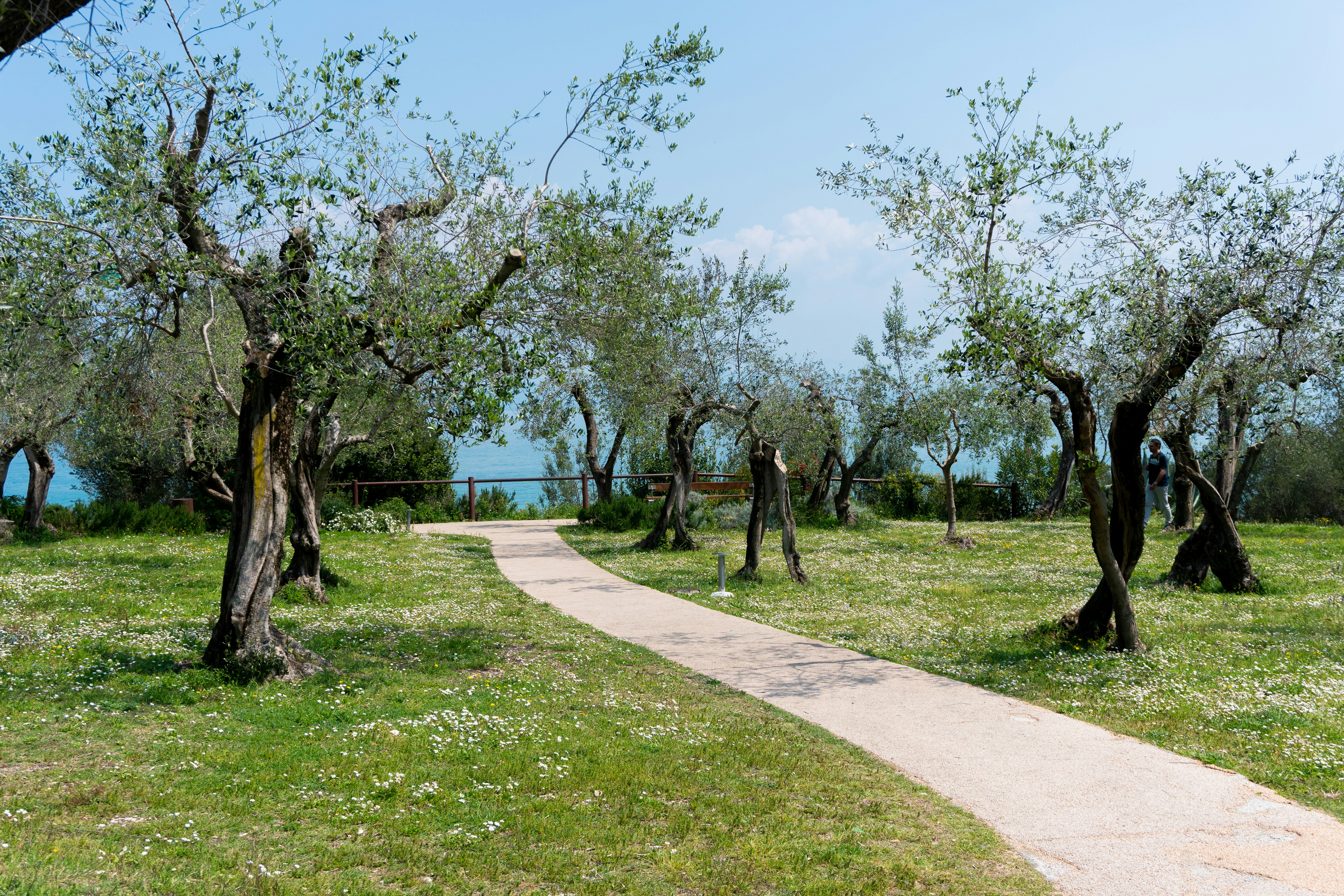Olive Garden Turns Casual-Dining Tailwind Into Wins With Value Menus, Pasta Promos and First-Party Delivery
Casual dining is outperforming, and Olive Garden is capitalizing with measured pricing, a quiet affordability rollout, $13.99 Never Ending Pasta, and first-party delivery that doubled channel sales during a 1 million free deliveries campaign.

Photo by Dope Masters on Unsplash
When Value Drives Connection
Casual dining is on a roll, and Olive Garden is playing the moment just right. While fast casual chains largely struggled during the summer months, Olive Garden joined Chili’s, The Cheesecake Factory and BJ’s Restaurants in posting same-store sales growth. The reason isn’t complicated: brands in this segment have raised prices at a slower pace than competing formats, and guests feel the difference when the check hits the table. Cardenas summed up the consumer mindset clearly: “The guests see the value. Also, when they're trying to figure out where they spend their money, they're going to places where they can connect and engage with their friends and family,” he said. That pairing—fair-feeling prices and a place to linger—explains why traffic increased across all of Darden’s casual brands and across income groups. It also sets the tone for Olive Garden’s next phase: protect value, lean into togetherness, and make access easy. The setup is simple, and it’s a big win for a segment built on comfort and connection.

Turning Tailwind Into Strategy
Olive Garden’s playbook meets guests right where they already are: looking for meals that feel like a good deal and occasions that feel like time well spent. The company is calibrating its pricing so it compares favorably with competing segments, building menus that encourage shared, linger-worthy meals, and opening access points to match changing usage habits. That framework keeps the traffic gains broad-based—mirroring what powered the segment’s summer outperformance: measured pricing actions and experience-forward dining. The approach is designed to translate a macro tailwind into durable brand momentum, connecting the dots between fair price perception, social dining, and convenience. It reads as practical and disciplined rather than flashy. In other words, the strategy sticks because it’s built around how people actually choose where to meet, eat, and spend their money.
A Low-Key Value Layer
Affordability got a quiet upgrade. A more affordable set of lighter menu offerings is now in “40%” of restaurants, and “the initial response from guests has been encouraging,” Cardenas said. Early read: affordability scores jumped “15 percentage points,” and guests reported high satisfaction with portion size—clear proof that price-value alignment is resonating. Cardenas kept the long view in focus: “We do believe, in the long run, this is a traffic driver,” even while acknowledging, “It will dilute our check a little bit if people trade from a higher portion size item to a lower portion size item, but we believe that that’s the portion that those guests want.” The rollout arrived “without any fanfare” and hasn’t been marketed yet, but frequency still ticked up. That sequencing looks like a textbook test-and-learn: launch quietly, read guest signals, and scale with confidence. Trading a little average check for reach across income groups is a calculated move—and it’s already nudging visits higher. That’s worth the trip for a broad base of diners who want choice without sticker shock.

Value And Choice, Bowl After Bowl
Olive Garden put a signature value flag back in the ground. The Never Ending Pasta promotion ran from the “end of August through Nov. 16” and is “performing at expectations,” Cardenas said. The hook is straightforward and generous: unlimited soup or salad, bread sticks and pasta for “$13.99.” The timing hits late-summer through fall gatherings, when groups want comfort and abundance without surprises. At the same time, the brand spotlighted the Create Your Own Pasta platform on the core menu and introduced a new Spicy Three-Meat Sauce, which has driven a “significant increase” in consumer preference for Create Your Own Pasta. Together, the two tracks—unlimited value and customized control—let diners pick their lane. One says, “pile it on,” the other says, “make it yours.” Both reinforce value perceptions while delivering flexibility in flavors and portions. That’s a savvy balance: keep the hero promo simple and satisfying, then let the core menu do the personalization heavy lifting all year.

First Party Delivery That Sticks
Channel access is the third leg, and it’s got traction. Olive Garden began offering first-party delivery last year, then advertised and completed “1 million free deliveries” during the first quarter, Cardenas said. The promo didn’t just spike orders—it changed the baseline. Average weekly sales in the delivery channel “doubled” during the push and remained “40% above” the pre-campaign average afterward. Delivery accounted for “5%” of sales during the quarter and settled at “about 4%” once the free deliveries ended. The audience matters, too: the channel is attracting younger, more affluent customers who don’t necessarily dine in. And they behave differently. “We are getting higher frequency for delivery guests than we are in routine dining guests,” he said. The sequence—a measured launch, a defined free-delivery milestone, and a sticky post-promo lift—signals disciplined, first-party execution. It adds convenience without diluting the sit-down core that makes casual dining feel, well, casual and social. Big win.
The Mechanics Behind The Momentum
The gears here are simple and aligned. Measured pricing has kept perceived value high relative to categories that took steeper increases—one reason traffic rose across all of Darden’s casual brands and across income tiers. Affordability enhancements then convert perception into action. Lighter portions at trusted price points improve satisfaction and frequency, even if they “dilute our check a little bit,” because they match what some guests say they want. Layer in a seasonal value anchor at “$13.99” and a customizable core with the Spicy Three-Meat Sauce, and both deal-seekers and variety-seekers find a reason to choose Olive Garden. Finally, first-party delivery extends the brand to younger, more affluent users who order more often, even as the mix normalizes from “5%” during the promotion to “about 4%” afterward. Each lever hits a different dining mindset—comfort, control, convenience—while reinforcing the same thesis: value plus connection wins in casual dining. That cohesion keeps the flywheel spinning.

The Segment Signal Is Clear
This isn’t a one-brand blip. Chili’s, The Cheesecake Factory and BJ’s Restaurants all posted same-store sales growth in the most recent quarter, while fast casual chains largely struggled during the summer months. The difference, as Cardenas described, is that casual dining has generally raised prices more gradually, and guests are choosing venues where they can gather and engage. Olive Garden’s moves fit that signal cleanly: value menus that boost affordability scores, pasta promotions that promise abundance at “$13.99,” and first-party delivery that held “40% above” its pre-campaign run-rate after the “1 million free deliveries” push. Unlike formats where speed drives the choice, casual dining’s service, social space and measured pricing come as a bundle people deem worth the spend. The playbook resonates because it honors the reason people go out in the first place—good food, shared time, and a check that feels fair.
Encouraging Proof, Open Questions
There’s plenty to like already, and a few boxes still to check. The lighter menu is in “40%” of restaurants and hasn’t been marketed; affordability scores rose “15 percentage points,” portion sizes scored high, and frequency improved. Revenue or margin specifics aren’t in play yet, beyond the acknowledgement it may “dilute our check a little bit.” The Never Ending Pasta window—“end of August through Nov. 16”—is “performing at expectations,” though those expectations aren’t quantified. On delivery, the promotion completed “1 million free deliveries,” and average weekly sales “doubled” during the campaign before stabilizing “40% above” baseline; after the free deliveries ended, sales mix eased from “5%” to “about 4%.” The engagement looks durable, but there’s no long-term view yet on first-party delivery profitability versus dine-in or whether elevated frequency holds over multiple quarters. Read it as a disciplined test-and-learn across menu tiers and delivery cadence: measured steps, clear read-outs, and room to scale what sticks.
Measured Moves, Repeatable Wins
The throughline is tight: protect perceived value, enable togetherness, and meet guests where they want to order. With affordability scoring higher and lighter portions matching stated preferences, Olive Garden has a credible path to broaden reach even if average check gives a little. Seasonal pasta promotions at “$13.99” keep the comfort-and-abundance promise front and center, while the Create Your Own Pasta platform supports personal choice without complicating the core. First-party delivery now operating at “about 4%” of sales—with younger, more affluent users ordering more frequently—adds an off-premise complement that fits how this audience wants to engage. If casual dining continues to raise prices more slowly than other segments and guests keep prioritizing places to connect with friends and family, this playbook—value menus, pasta-led comfort, and direct delivery—looks built to travel. The lesson is simple and sturdy: keep pricing measured, make connection easy, and offer control without friction. That’s how you turn a tailwind into momentum that lasts.